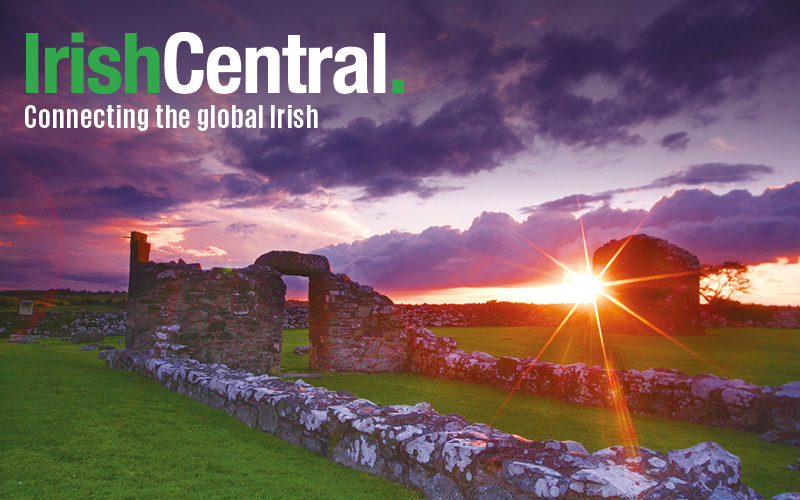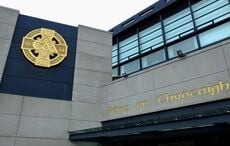Croke Park – All-Ireland football final day in Dublin is the centerpiece of the sporting year, the moment when Irish from all over the world tune in to see the ancient athletic contest that was celebrating its 125th anniversary on Sunday.
This year slight favorites Kerry downed Cork, and the match was watched all over the world. Indeed, one of the Kerry players, Tadgh Kennelly, had given up a super successful career in Australia playing Aussie Rules to come back and win an All-Ireland medal with his native county. His exploits were being followed as closely from Down Under as they were in his native Kerry.
Rather like the Super Bowl, it is not incredibly important who wins the All-Ireland. The ritual of the day is a central part of what being Irish is all about.
Croke Park is now the finest stadium in Europe after decades when it was the most down at heel. The Gaelic Athletic Association has prospered at a time when other great Irish institutions -- the church, the banks, the government -- are all feeling an incredible backlash because of their wrongdoings.
There is a reason for that. The GAA embodies by its very existence the grassroots leadership so lacking elsewhere in Ireland. There are no grand poo-bahs except for an elected president with limited formal influence, and power is essentially stored at the local level all over the 32 counties of Ireland and wherever Irish games are played abroad.
Other organizations have failed at the very basic level to earn the trust and goodwill of the Irish nation. Not so the GAA, which has over 3,000 clubs in Ireland and close to 500 overseas.
Its games are becoming more popular every year. It is a grassroots organization at its finest, played by amateurs from the lowest level to the top.
I had a personal experience of its unique power and charm. Before the big match on Sunday I strolled through a public park in Castleknock near the hotel where I was staying for the Global Irish Forum.
It was 11 a.m. on a glorious Sunday morning, and already there were two GAA games going on. Both were in hurling, Ireland's oldest game which is a super-fast field version of ice hockey.
As I got closer I noticed the players were actually young girls, around nine or 10, who were obviously taking part in one of their first ever hurling games. It was a remarkable and heartwarming sight.
Hurling is making a huge comeback in Ireland's largest city, and young girls are getting in on the act. As an Irish-born person I get a unique thrill from seeing this ancient game, first mentioned in the annals of Cuchulainn in pagan Ireland, continuing to beat at the heart and soul of the Irish nation.
At Croke Park in the afternoon it was Gaelic football that took center stage as the warriors of Cork and Kerry did battle. I was sitting with several Americans who had come over for the forum, and the battle unfolding before them was incredible for them to watch.
Most were amazed that the super-fit and utterly committed players they were watching would be back at their day jobs in a few days, with no financial compensation for their efforts. There were plumbers and cops, teachers and students, bankers and businessmen on both sides, all playing for the pride of their county and chasing an elusive All-Ireland medal.
There are many things wrong in Ireland today. The discussion is all about bank bailouts and whether Ireland will turn its back on Lisbon in the new referendum.
The air of doom and glom is pervasive. After a few bright summers, storm clouds have gathered and show little signs of moving on.
Yet there is so much good about this place, so much unique that it cannot be matched anywhere else.
Croke Park on Sunday was one of those places. So was that little public park in Castleknock on Sunday morning as the hurling moms and dads gathered to see their kids take on a sport that stretches back to the beginning of Irish time.
Long may the GAA continue.




Comments